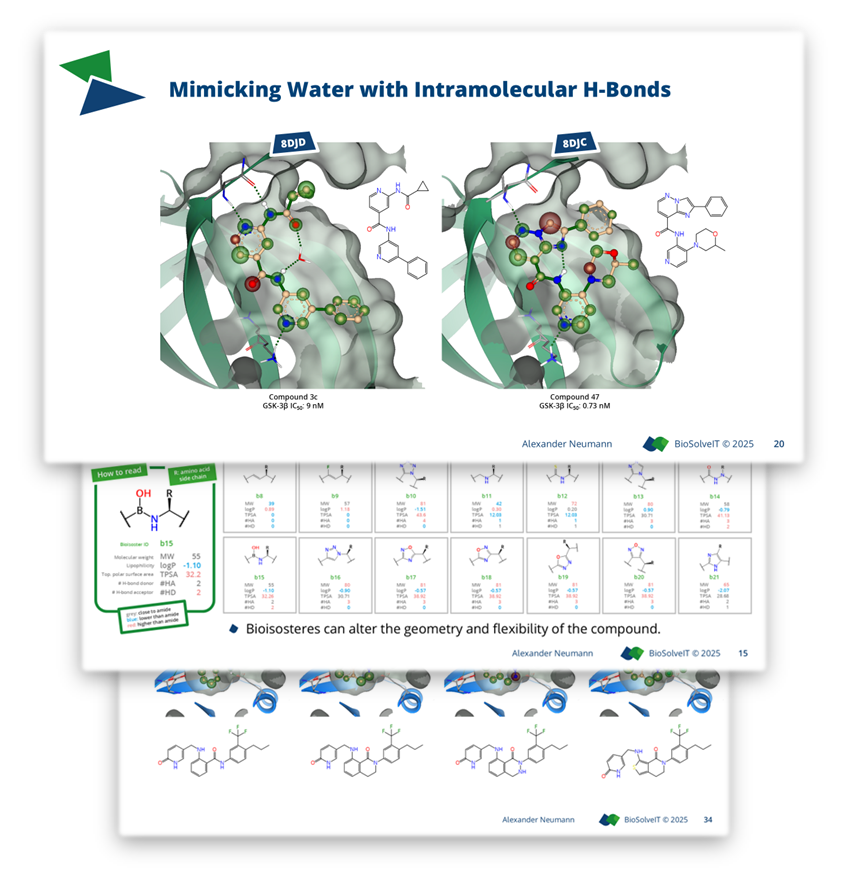SeeSAR
Drug Design Dashboard

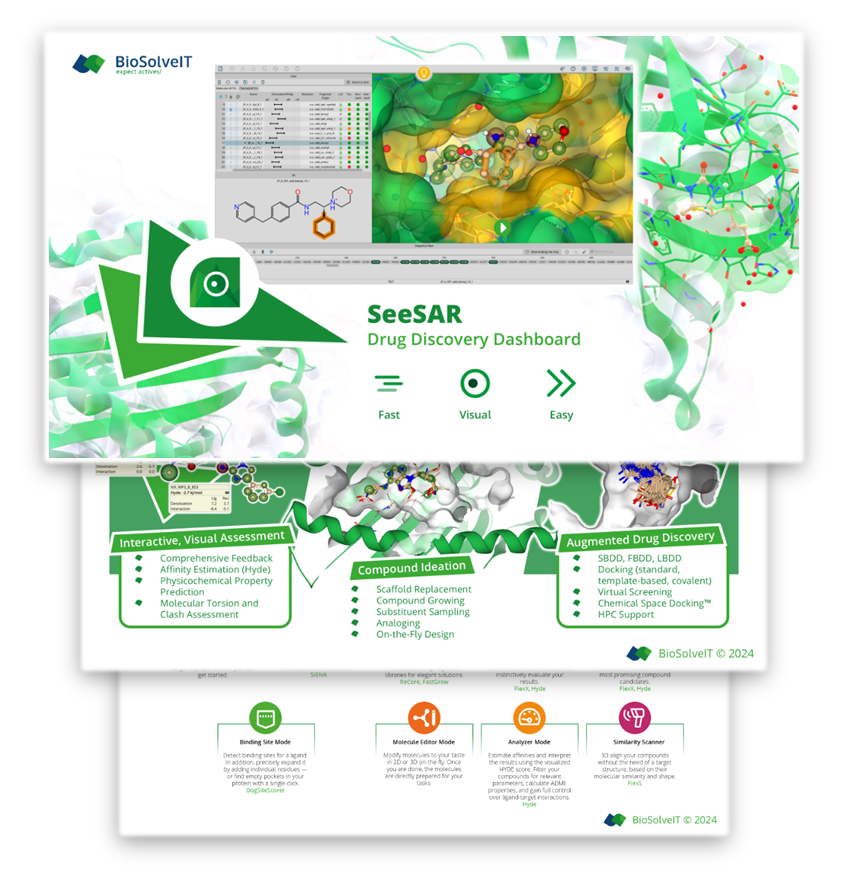
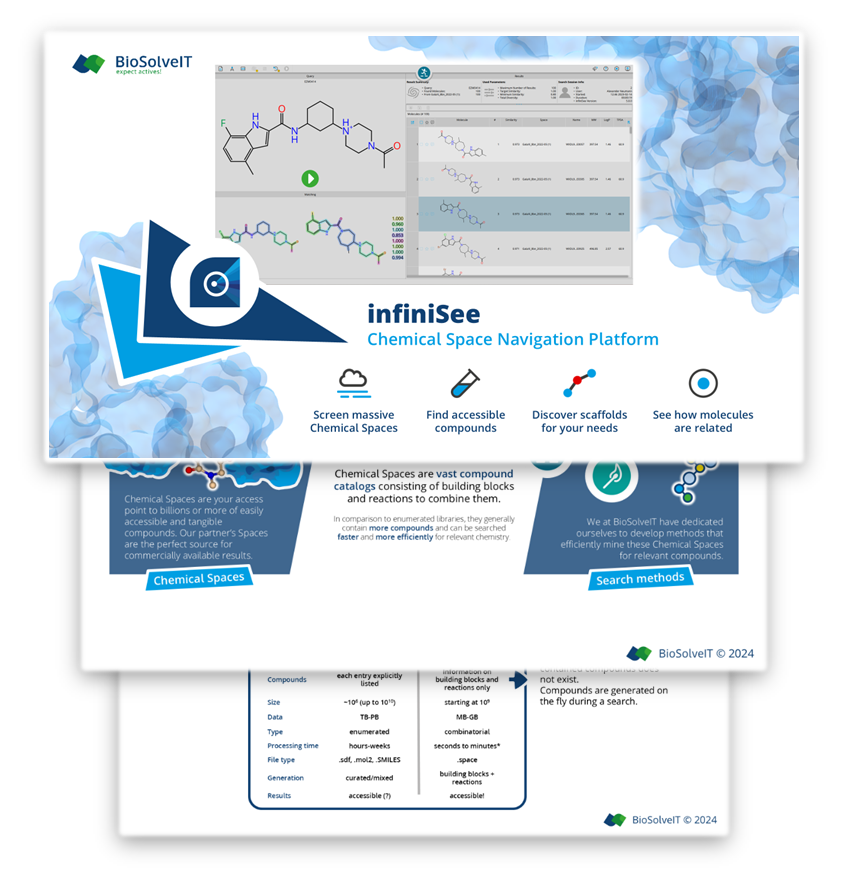
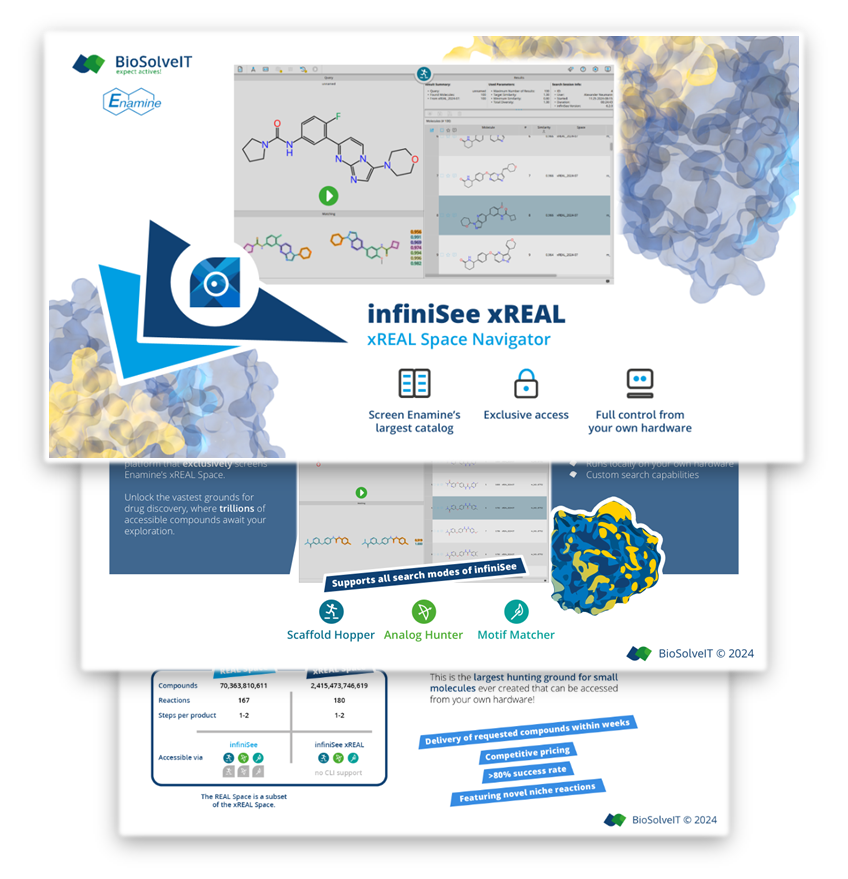
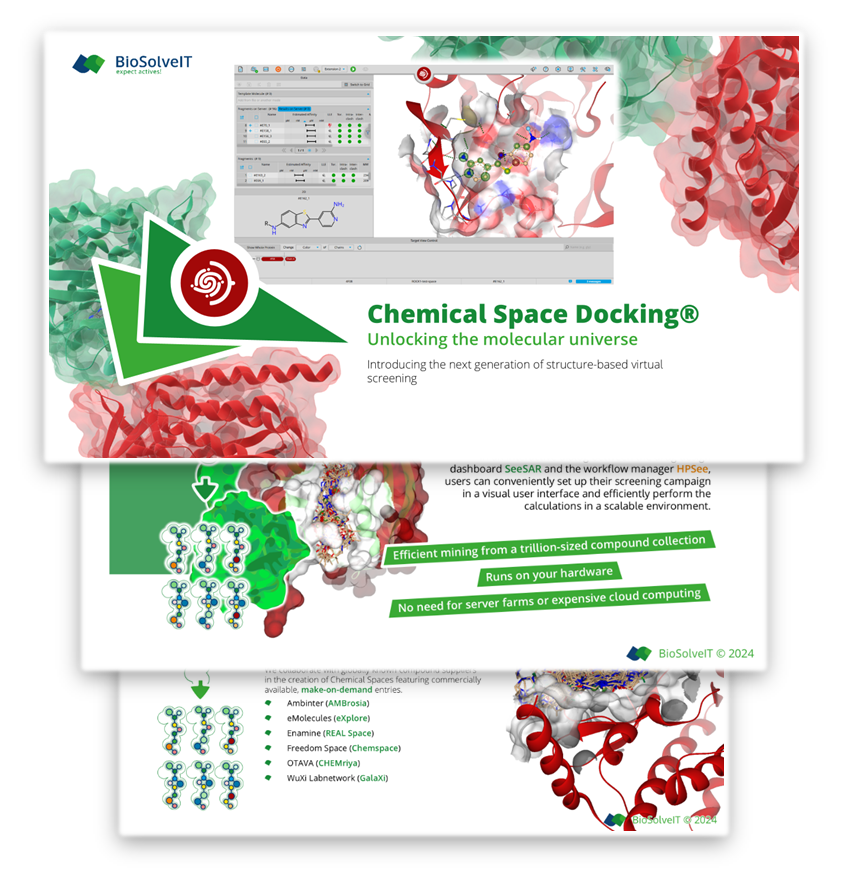
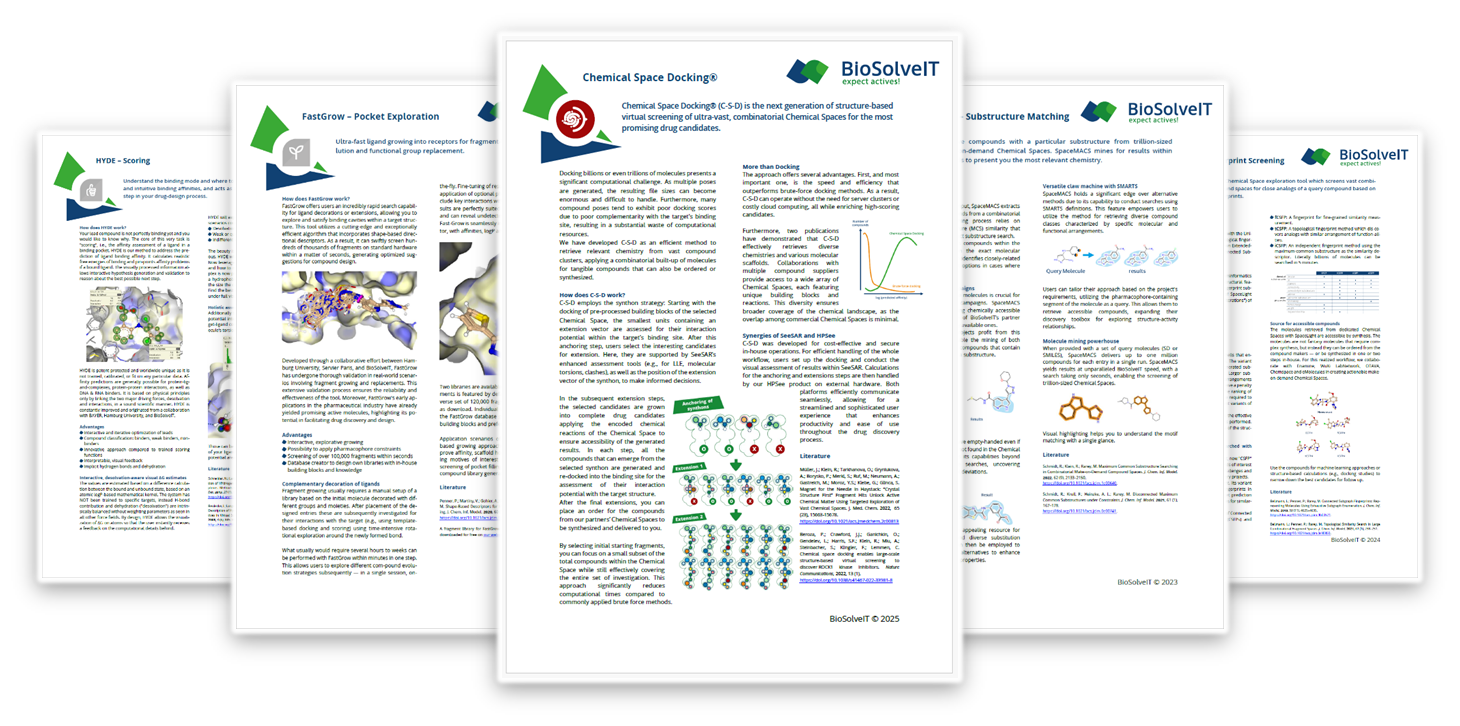
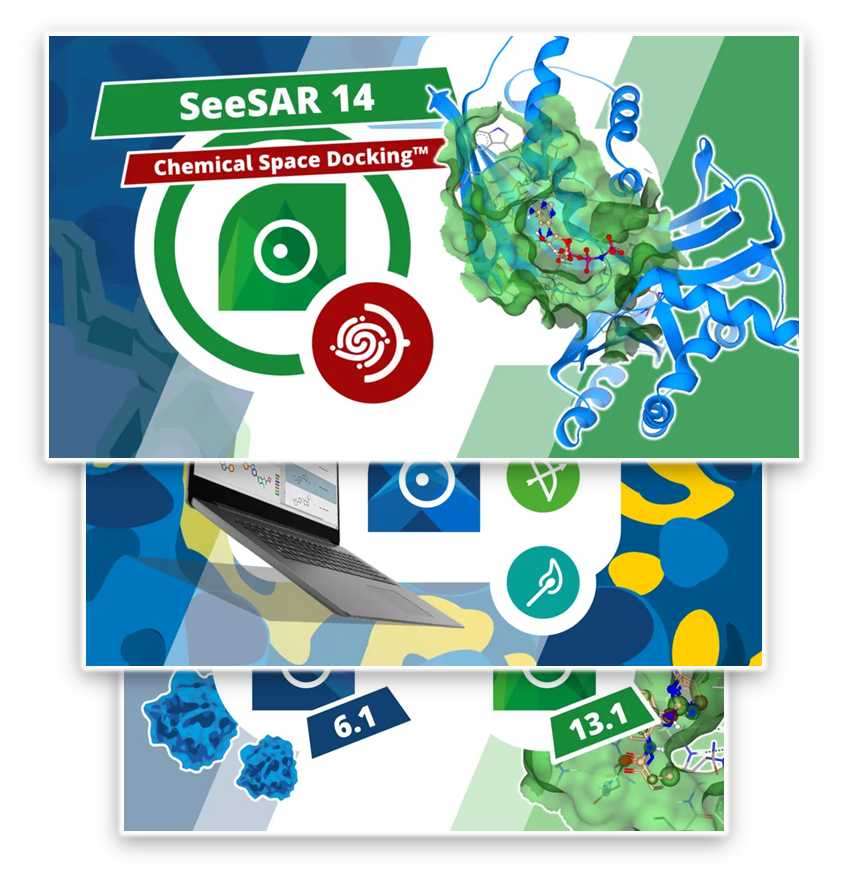
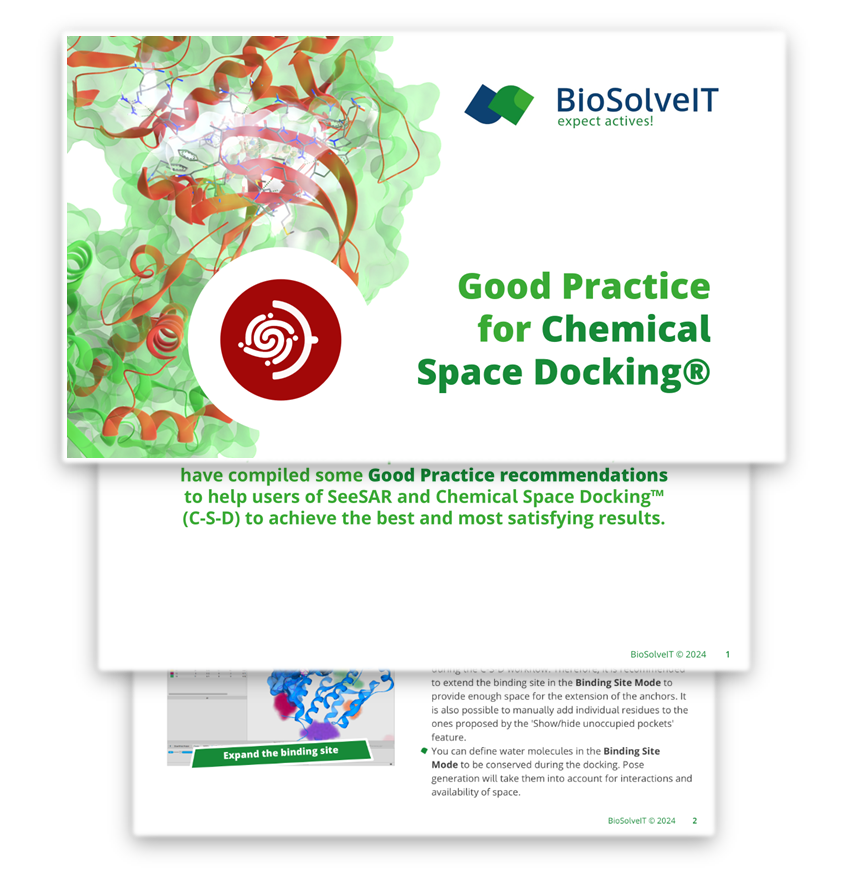
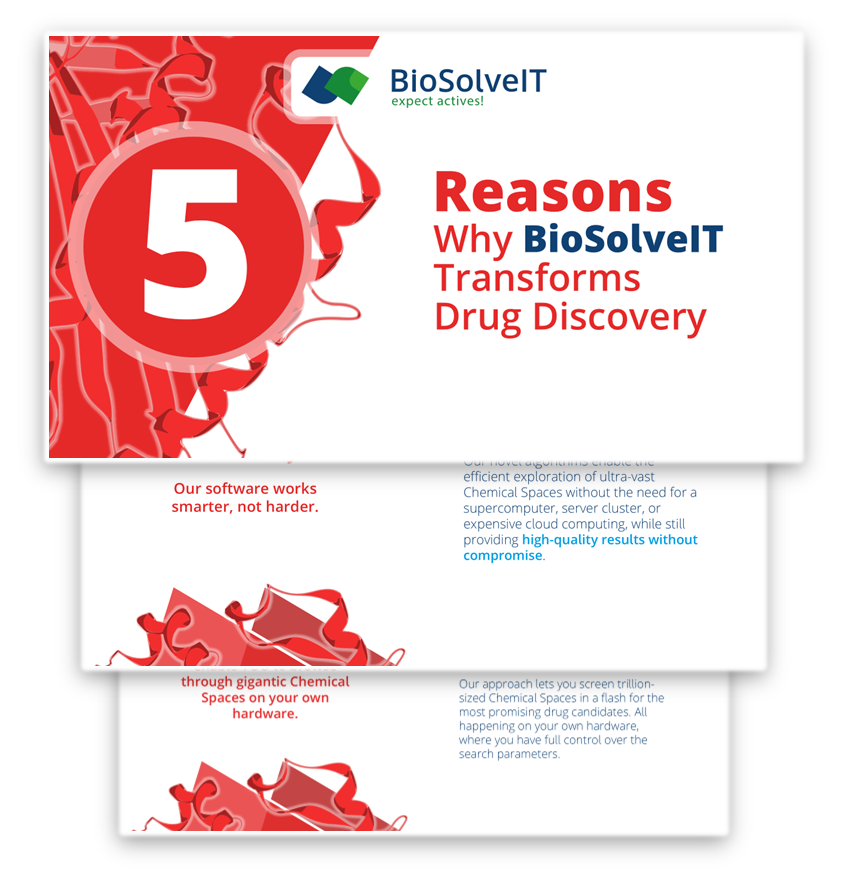
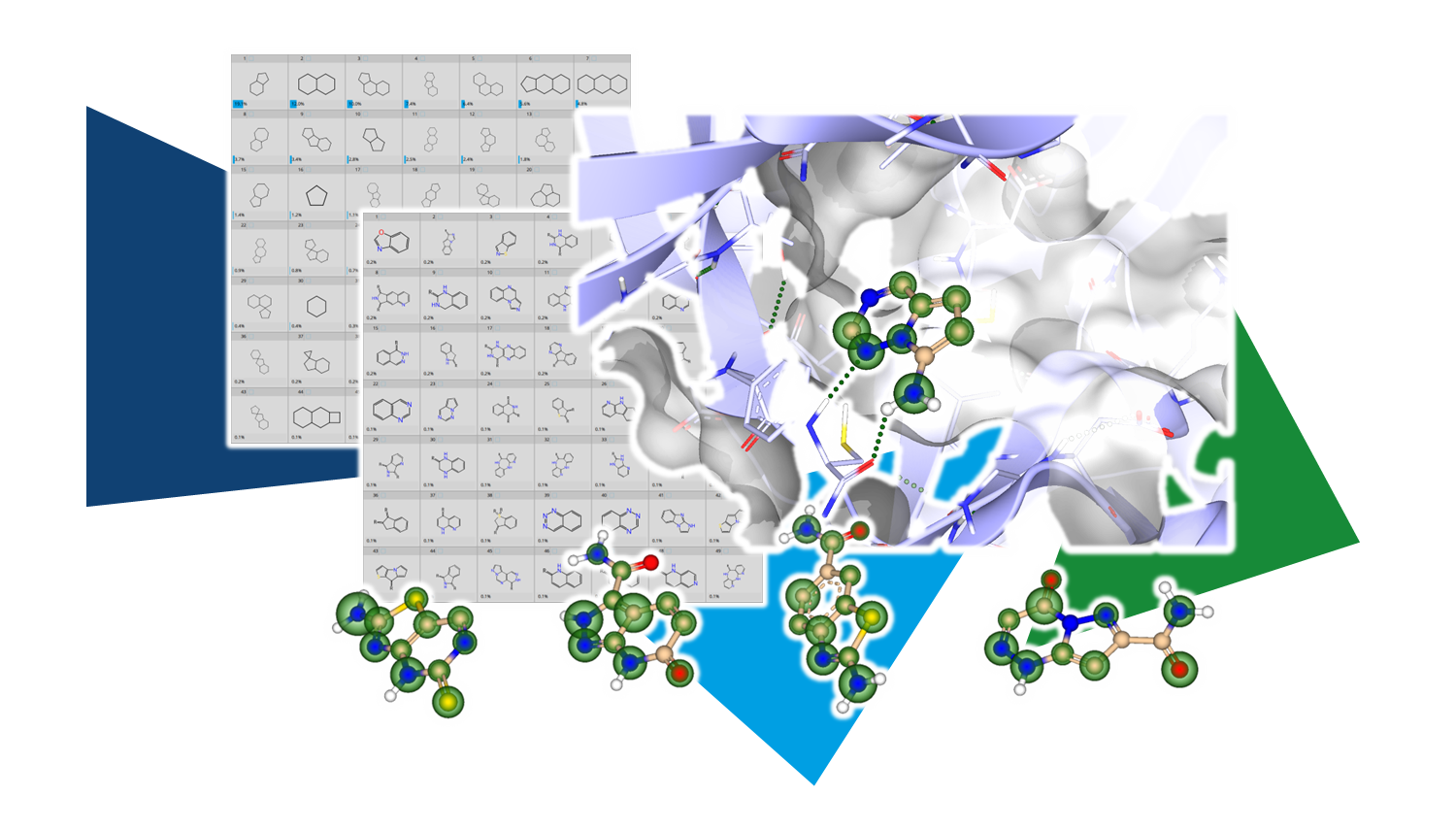
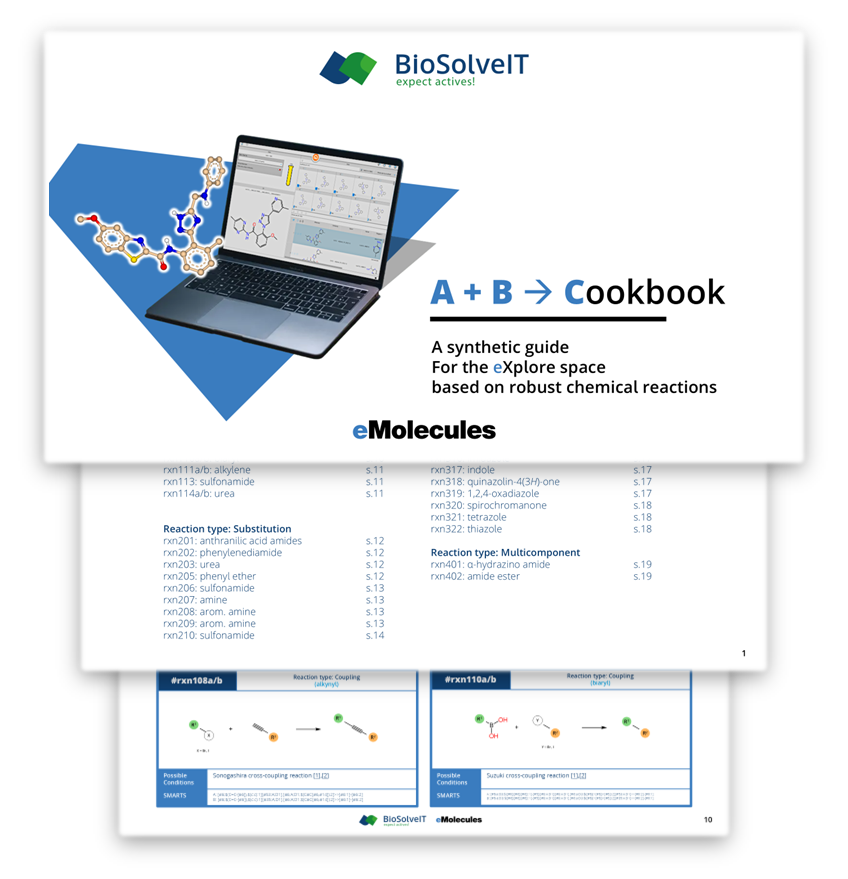
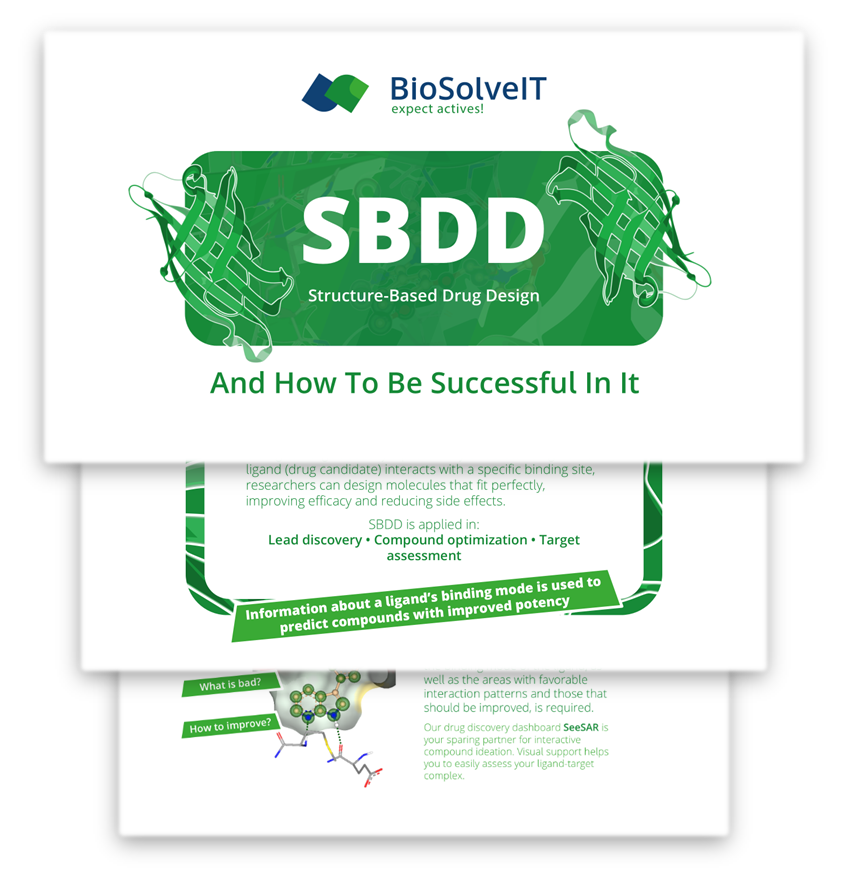
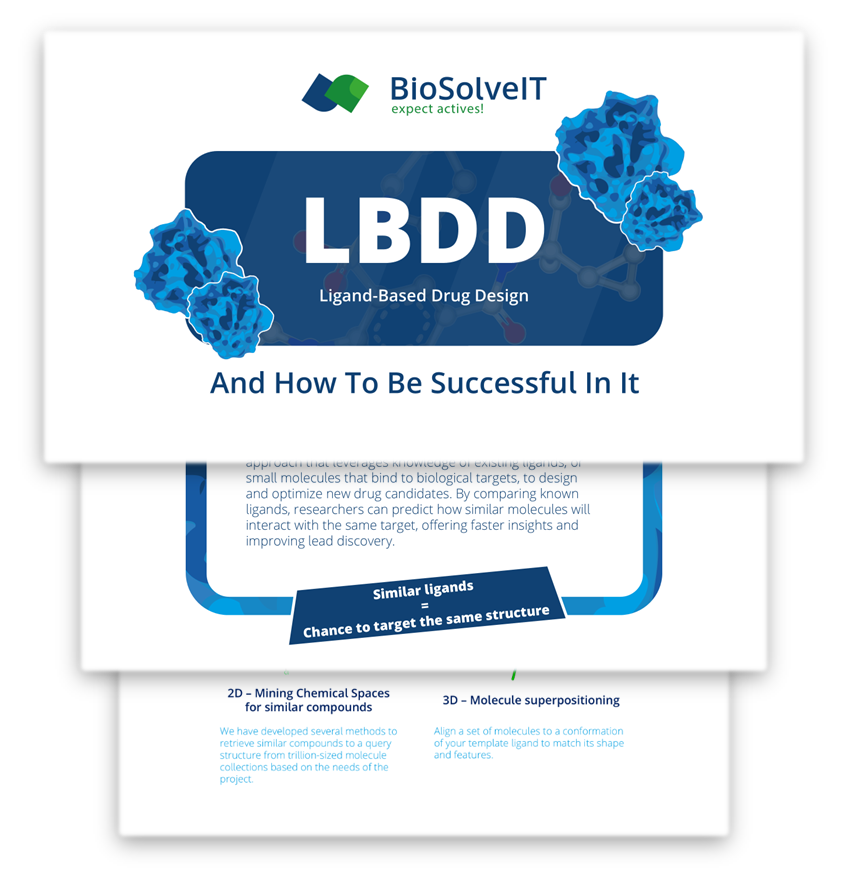
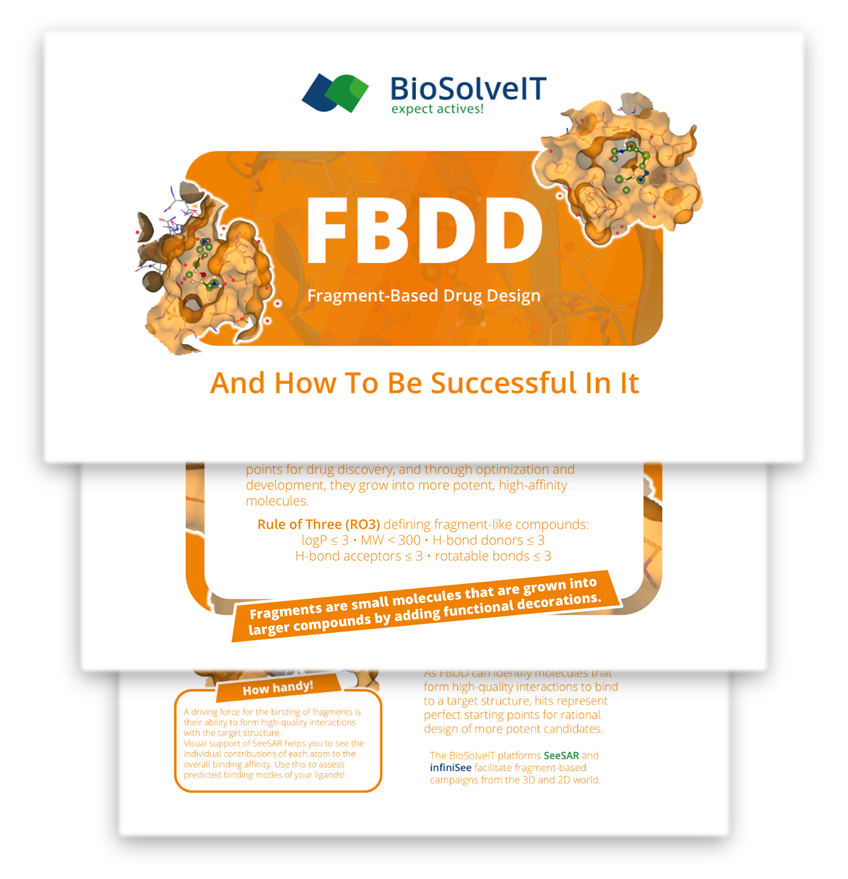
This session from BioSolveIT Day 2025 shows how to stand up a private Chemical Space and turn it into decision-ready chemistry you can actually make and order.
This session BioSolveIT Day 2025 benchmarks commercial sources and explores how combinatorial Chemical Spaces outperform traditional enumerated compound libraries in terms of diversity, analog coverage, and scalability.
This session from BioSolveIT Day 2025 introduces Chemical Space Docking® (C-S-D) in SeeSAR and shows structure-based exploration across trillion+-sized, make-on-demand compound collections.
